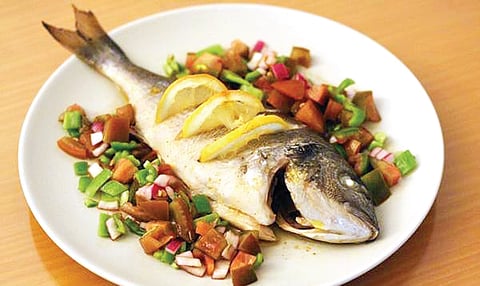

Spain is one of the countries over which many have fought hard. If we look at the geographical position of the country we realise that it is a gateway between Europe and Africa and it is almost completely surrounded by water. As early as the eighth century BC Spain was invaded by the Greeks, who chose to settle down in the coastal areas. By the beginning of the second century BC the Romans had arrived on the Spanish coast. Arabs crossed the Gibraltar and entered the country in the eighth century AD. They remained there for the next 700 years, till the Christian kingdom drove them out. Christopher Columbus’s famous voyage led to the introduction of various foods from the New World, such as tomatoes, potatoes, vanilla and chocolate into the Spanish diet.
No, don’t worry, this is not a geography lesson on Spain and its history but a peek into the influences that we witness in the food of the Spaniards. As the geographical location and history of a place are the biggest influences on people’s diet, I consider it important to first understand these two aspects.
And now that we have got an understanding of these let us proceed and discover the world of humble yet highly popular Spanish cuisine.
It is not wrong to call the cuisine of this country a people’s cuisine. Cooking in Spain differs from region to region because almost till the end of the 20th century transportation and communication through the lofty mountains, which are spread in every direction, wasn’t easy. Another key factor to remember when we look at this cuisine is the fact that Spain is made up of various kingdoms with their own food, traditions and customs which were brought under one rule with a great deal of difficulty.
Whatever may be the differences between the regions – geographical or climatic – two ingredients that can be found to be used in plenty all across the country are garlic and olive oil.
Spain is a major producer of olive oil. Olives are grown all over the Andalucia region that lies to the south of Spain. Olives were probably a Roman contribution. They brought with them new cultivation techniques and taught the Spanish the techniques to assure quality products. Spanish olive oil became so sought after in the Roman Empire that Emperor Hadrian adopted the olive branch as a symbol and banner of Hispanic Rome.
It is not possible to praise the delicacies of Spanish food without due mention of the great Arabs who occupied almost 70 per cent of the country for a very long time. Muslims were only against the consumption of pork and wine. Everything else was accepted liberally.
Those who lived near the sea ate a lot of fish in all its forms, be it raw, fried or merely salted. This depended on the class to which people belonged and what they could afford.
Arabs brought with them many products such as sugarcane, eggplant, rice and various citrus fruit. They revolutionised Spanish desserts by introducing them to refined sugar from sugarcane. Before this, honey was used as a sweetener.
Arabs can also be credited with introducing pickling techniques to the Spanish. They promoted the use of saffron, cinnamon and nutmeg to flavour food.